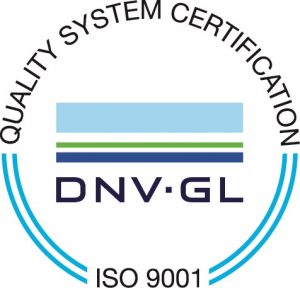Stainless steel has the same components as all steels, in addition to the chromium, which provides the higher corrosion resistance for which it is popular. It is also more durable and takes longer to shows any signs of wear when compared to the standard steel, including rust & discolouration.
The different alloy composition dictates the different grades that fall under the stainless steel umbrella with their different properties. While all stainless steels contain at least 10.5% chromium, some would have higher levels than others or even additional metal ingredients, like molybdenum, aluminum, copper, nickel and others.
The main difference between the two most common stainless steel grades, 304 and 316, is the addition of molybdenum in the latter, which enhances its corrosion resistance.
Many applications require careful consideration of the stainless steel grade of choice, especially for the saline or chloride-exposed environments or outdoor furnishing like train rails.
304 stainless steel is a cost-effective choice for most environments, but it doesn’t have the chloride resistance of 316 stainless steel, which is exceptionally important where there is high chloride exposure at the coast and in heavily salted roadways.
304 Stainless Steel
Being the most common form of stainless steel globally, it provides excellent corrosion from most oxidizing acids, which makes it ideal for applications require sanitization, including kitchen and food applications. It is also common in buildings, décor, and site furnishings.
Chloride ions can create localized areas of corrosion, called “pitting,” which can spread beneath protective chromium barriers to compromise internal structures. Solutions with as little as 25 ppm of sodium chloride can begin to have a corrosive effect.
316 Stainless Steel
304 stainless steel has its limitation in chloride environments. Many architectural features like stainless steel railing require protected from oxidation in wet and salty environments. This is why 316 stainless steel is used, thanks to the incorporation of 2 to 3% molybdenum, which increases corrosion resistance, particularly against chlorides and other industrial solvents. Being the second-most common form of stainless steel, it is commonly used in many industrial applications involving processing chemicals, as well as high-saline environments, as well as in the manufacture of medical surgical instruments due to its non-reactive qualities.
Stainless steel produced today can be easily formed and fabricated into shapes with a range of decorative and polished finishes, according to the required applications. Stainless steel is used in different industries, including food & beverage, transport, design & architecture, manufacturing & infrastructure thanks to the ultimate benefits of stainless steel include a long service life that will retain an attractive, clean finish.


